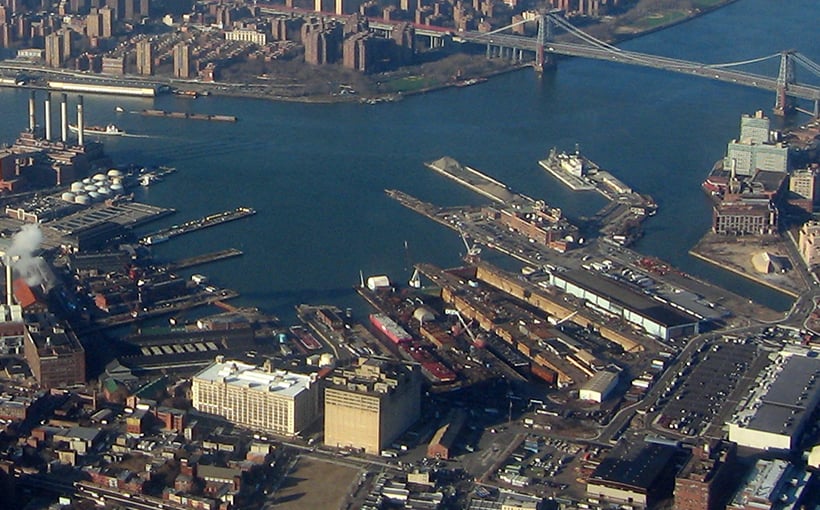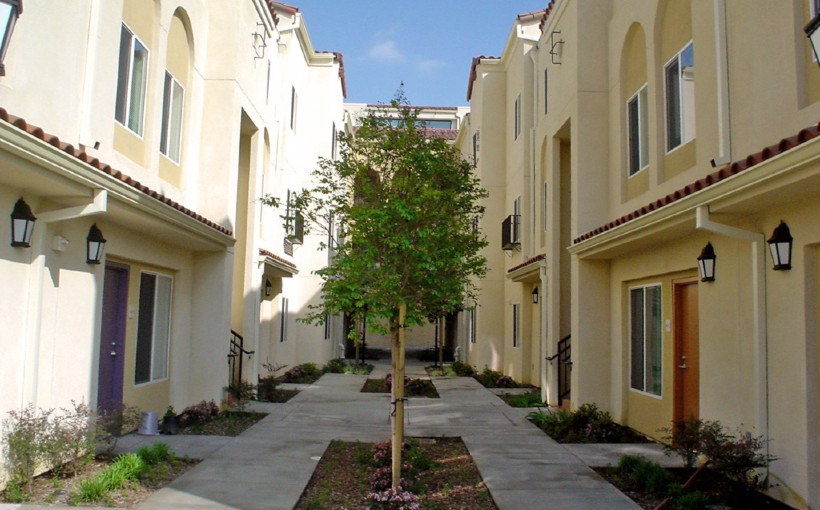The retail industry has shown resilience, but will it continue to thrive? In this second installment of a five-part series, experts discuss the current state of demand, supply and consumer spending. The first article in the series titled “Understanding the Retail Sector: Where We’ve Been and Where We Are” can be found here.
During the COVID-19 pandemic, physical retail was thought to be on its deathbed while online sales surged. However, four years later there has been a significant shift as brick-and-mortar centers are experiencing higher foot traffic and increased sales. This has led retailers to seek out new spaces in order to meet consumer demand.
Despite this positive trend for retailers, Colliers’ 2Q 2024 metrics reported a continued decrease in retail supply resulting in a vacancy rate of 4.1% and an increase in rent growth. Experts agree with these statistics stating that across all types of usage categories there is still limited availability for retail space according Darrell Palasciano from The Providence Group who commented “Retail demand is surpassing supply which remains low.” Melissa McDonald from Providence Group also added that most spaces have multiple letters of intent (LOIs) indicating high competition among tenants for available space regardless if it’s shop or anchor space or even outparcel space.
Demand & Supply
In contrast with initial predictions during the pandemic that e-commerce would overtake physical commerce; consumers are still shopping online but not at levels previously anticipated due partly because customer acquisition costs have become unmanageable according Douglas J.Green principal at MSC . Another contributing factor is that online pitches lack authenticity compared to face-to-face interactions making it difficult for retailers connect with potential customers thus driving more interest towards brick-and-mortar locations leading diverse array tenants into shopping centers urban districts said Green .
Meanwhile , limited availability continues pose challenges as Chris Wilson Executive Vice President National Agency Retail Lead JLL explains how between 2005-2007 approximately215 million square feet of retail space was added annually compared to the current pace of only 50 million square feet between 2017-2024. Wilson further explains that in 2024, only14 million square feet will be delivered.
This shortage is compounded by high land and construction costs as well as higher interest rates which has resulted in minimal new construction activity for shopping centers over the past decade according Robert F.Myers President at Phillips Edison . Myers predicts it could take up to a decade before retail construction returns to levels seen twenty years ago. McCarthy also believes low vacancy rates could continue for another five years.
Despite these challenges, retailers are still aggressively pursuing expansion plans with tenants negotiating deals into 2027 especially grocery-anchored centers said Myers . Additionally , big-box retailers such as Walmart Target and Home Depot who have not expanded significantly in recent years are now looking expand their presence according Dave Cheatham president X Team Retail Advisors Velocity Real Estate Group .
Discount retailers have also been forced spend more on real estate stay ahead trends keep growth numbers up explained Palasciano adding that this sector has had success attracting consumers who may otherwise shop elsewhere due increased spending power however if economy slows down then discounters may face some difficulties but can remain competitive if they hold out long enough until consumer confidence rebounds.
Consumer Spending
In May of 2024 consumer spending increased by0.5% from previous month slightly higher than April’s increase of0.3% reported Bureau Economic Analysis (BEA). While this does not indicate significant buying sprees it does show consumers are still willing spend money despite potential economic uncertainties .
Experts caution about potential risks including inflation interest rate hikes eroding purchasing power causing people prioritize essential purchases over nonessential ones Rhiana Lindsey Director Leasing Primestor points out how inflation coupled with rising interests can negatively impact consumer spending habits leading them shift priorities when making purchases Matthew Hammond Principal Coreland Companies stresses importance monitoring credit card debt citing how in Q2 of 2023 credit card balances surpassed $1.12 trillion as APRs increased by30% over18 months. Hammond adds this coupled with rising inflation will have adverse effects on consumer spending and could start to play out in various ways.
McDonald from Providence Group points out that despite positive performance this year consumers are still uncertain about upcoming election and economy which could stall future spending.
Palasciano explains how debt forgiveness programs may give consumers false sense security encouraging them spend more but eventually those dollars will stop flowing leading potential nosedive within next couple years .
Challenges Ahead
Efforts slow inflation through Effective Federal Funds Rate (EFFR) increases has cooled economy somewhat however overall prices have yet come down according Dave Cheatham Velocity’s Cheatham . James Chung founder principal Econic Company adds that while current levels far below9.2% recorded June of2022 it continues influence deal-making landlords trying protect their positions tenants working cap future increases adding additional challenges such fixed-cost hikes insurance rates also impact gross rents said Chung who further explained there ongoing discussions between retail landlords whether they can continue increase rents pass costs through triple-net lease arrangements but even NNN solutions costly increasing10%-20% annually added Wilson JLL .
As retailers and their landlord counterparts navigate the ever-changing landscape Rhiana Lindsey Primestor stresses importance open communication between parties both focused on rising operating costs potential slowdowns consumer spending trends challenges remain dynamic requiring agility responsiveness evolving market conditions concluded Lindsey .




